Krka National Park – Croatia’s Amazing Waterfall Wonderland
It’s the morning of day three of our Dalmatian odyssey and I have a full day of activities planned thanks to the assistance of the Vestibul Palace where we are staying. Yesterday they arranged for a private guide to take us through Diocletian’s Palace and today we have a guide and driver to take us on an excursion to Krka National Park followed by a visit to the UNESCO World Heritage Site at Sibenik. But right now that’s a few hours away and I have time to poke around Split in the early morning.
Split Fish Market
One thing I always look for in any European town or city on a sea coast is the fisherman’s market. The one in Split is quite close to the hotel and in full swing by 7:00 AM. There are quite a few locals around, some drinking beer who I presume are fishermen coming off a night’s work and housewives doing the daily shopping. Here are some of the products on offer.
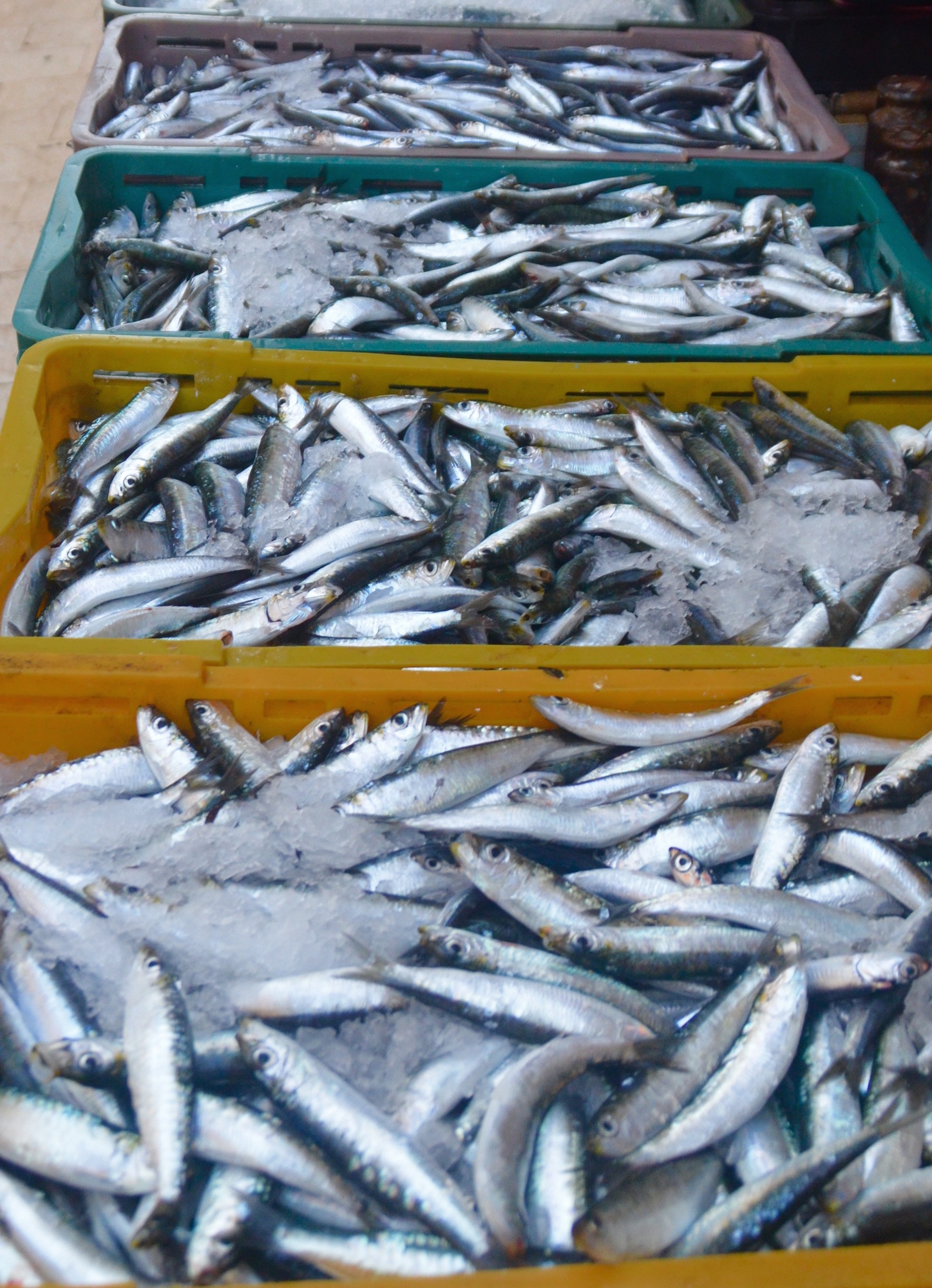
Sardines seem to be the most common offering followed by mackerel.
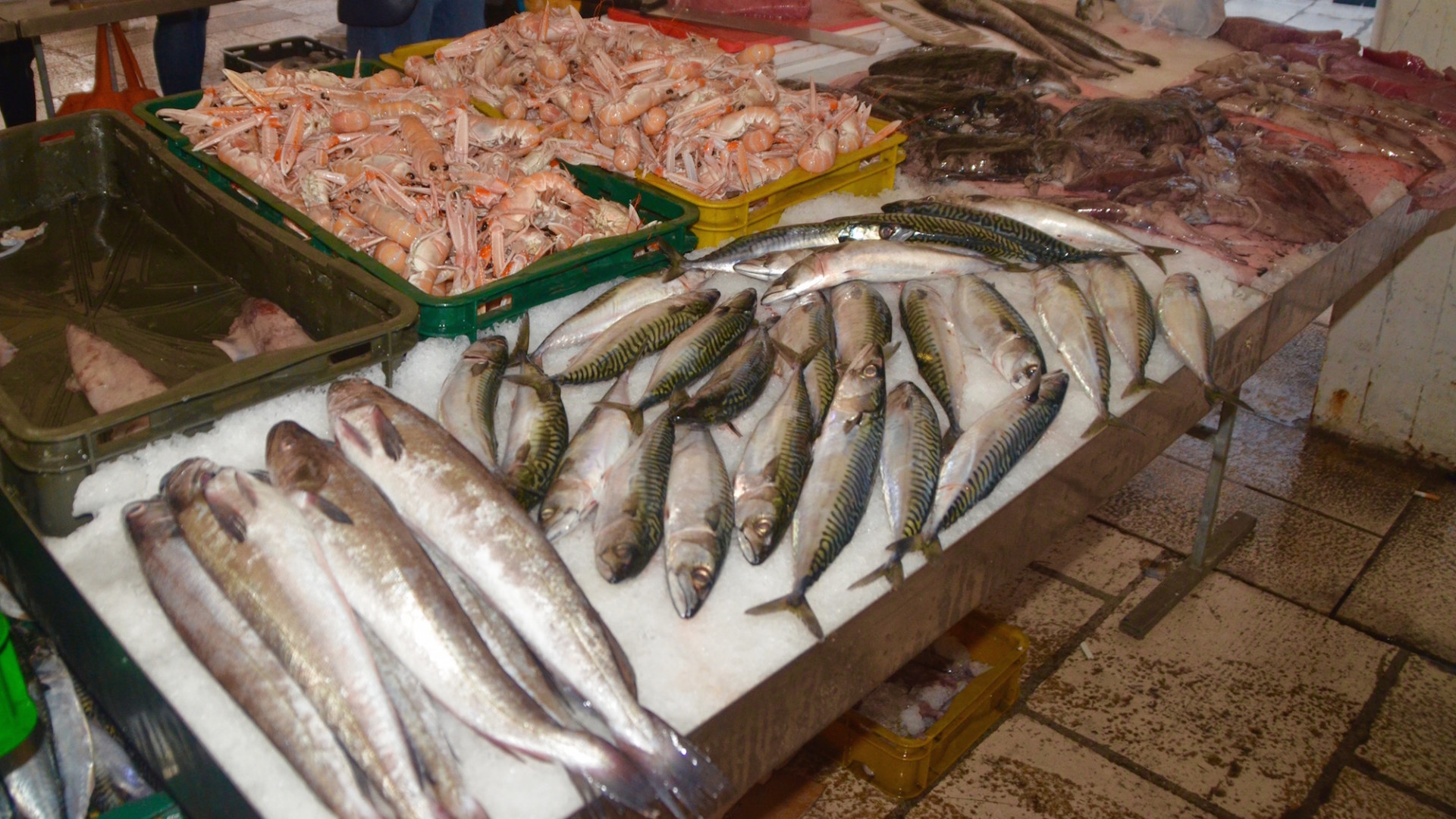
These ugly suckers are monkfish.
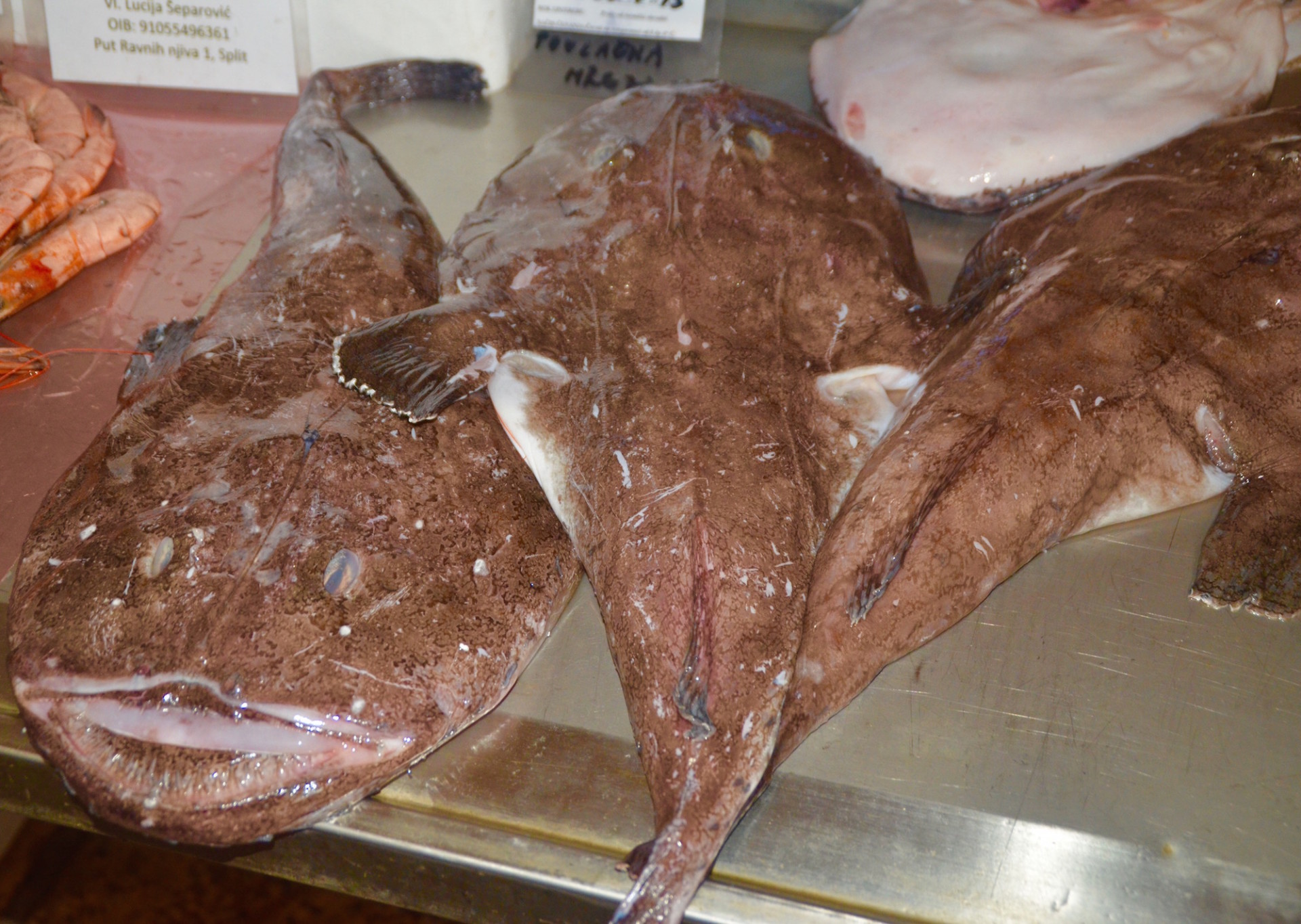
Octopus are hugely popular in Europe, justly so.

The cuttlefish is sought after for its ink, used in making black risotto, a specialty of the area.
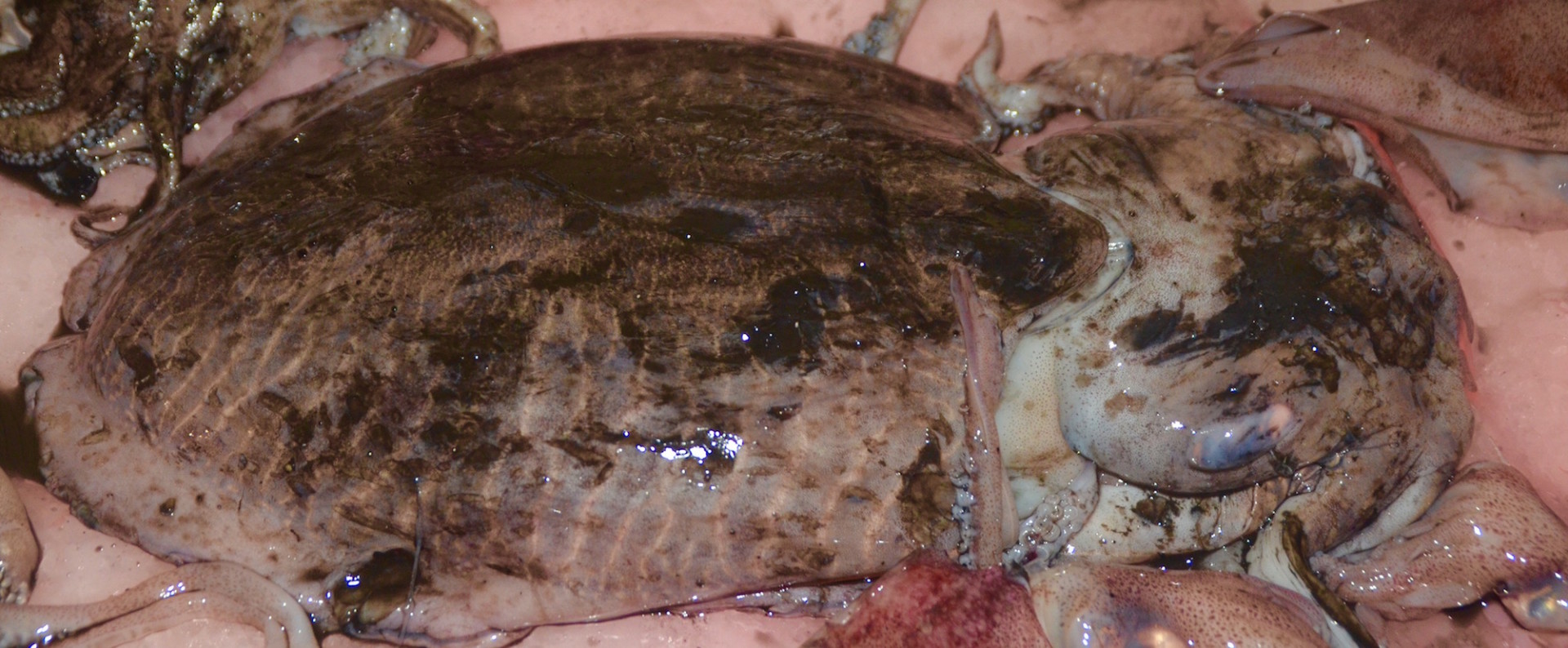
After touring the market and enjoying the great breakfast at the hotel we meet our guide Dino Ivancic and walk the short distance to the parking lot for old Split where Darius is waiting with the Mercedes touring car.
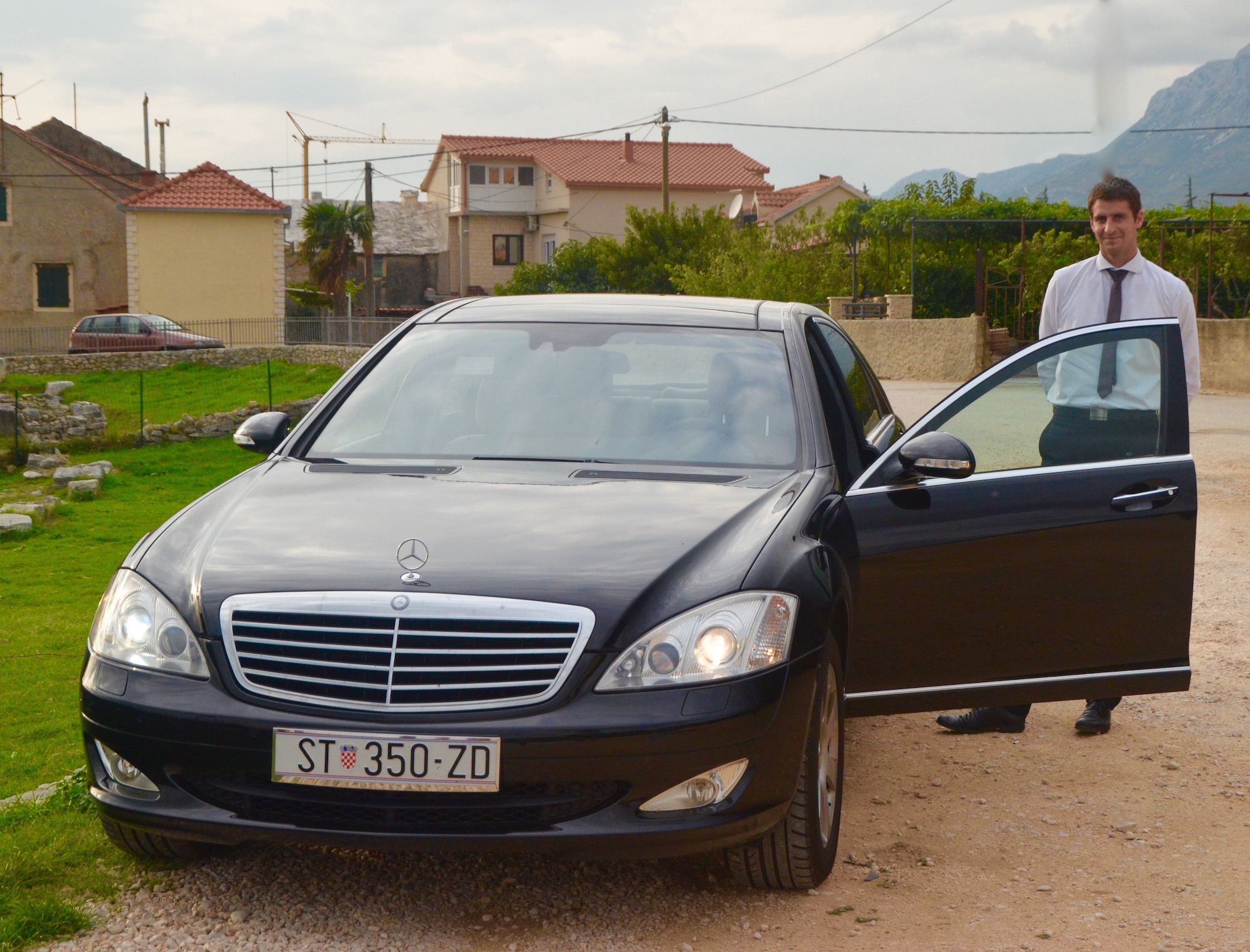
It doesn’t take long to get out of Split and into the valley that leads inland. Along the way we pass the ruins of Klis Fortress on the left. This is not my picture, but it gives an idea of the commanding position of the fortress occupied and why no foreign army could approach Split without being spotted long in advance. It is definitely on the list of places to see on the next visit.
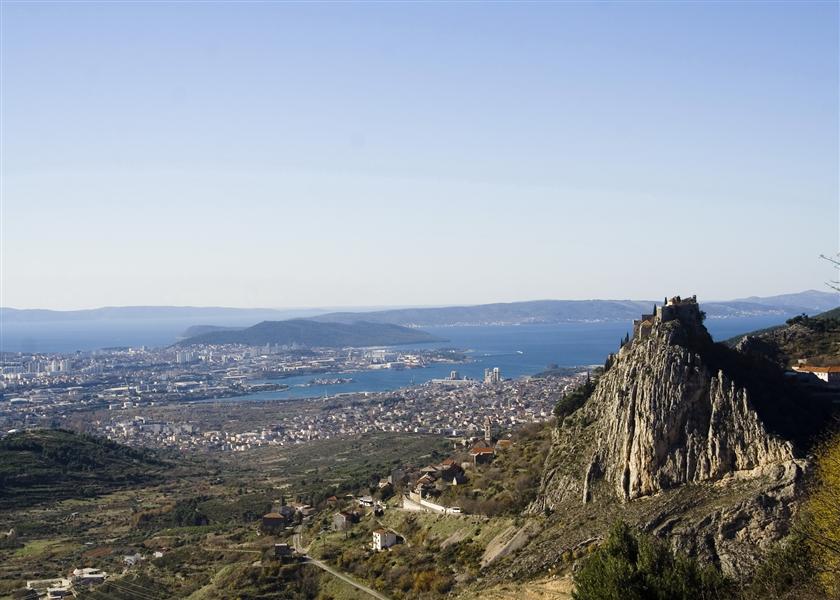
Krka National Park
After Klis we get on the Croatian version of the Trans-Canada Highway, the A1, which is every bit as good as any part of the TCH and has a speed limit of 130 kms. No highway in Canada has a speed limit this high that I’m aware of. Traffic is not heavy and in about 45 minutes we turn off and follow the signs to Krka National Park. Arriving at the entrance I am a little taken aback by the great number of tour buses considering how light the traffic was to get here. After paying the entry fee we are allowed to proceed beyond a gated area onto a narrow road that leads down into park proper. If we had arrived without a guide we would have had to park in the upper area and take a bus down to the where the hiking trails begin. We get the added benefit of being able to stop and enjoy this view of Krka National Park on the way down. In season you can take boat rides on the waters below, but today will be just for walking.
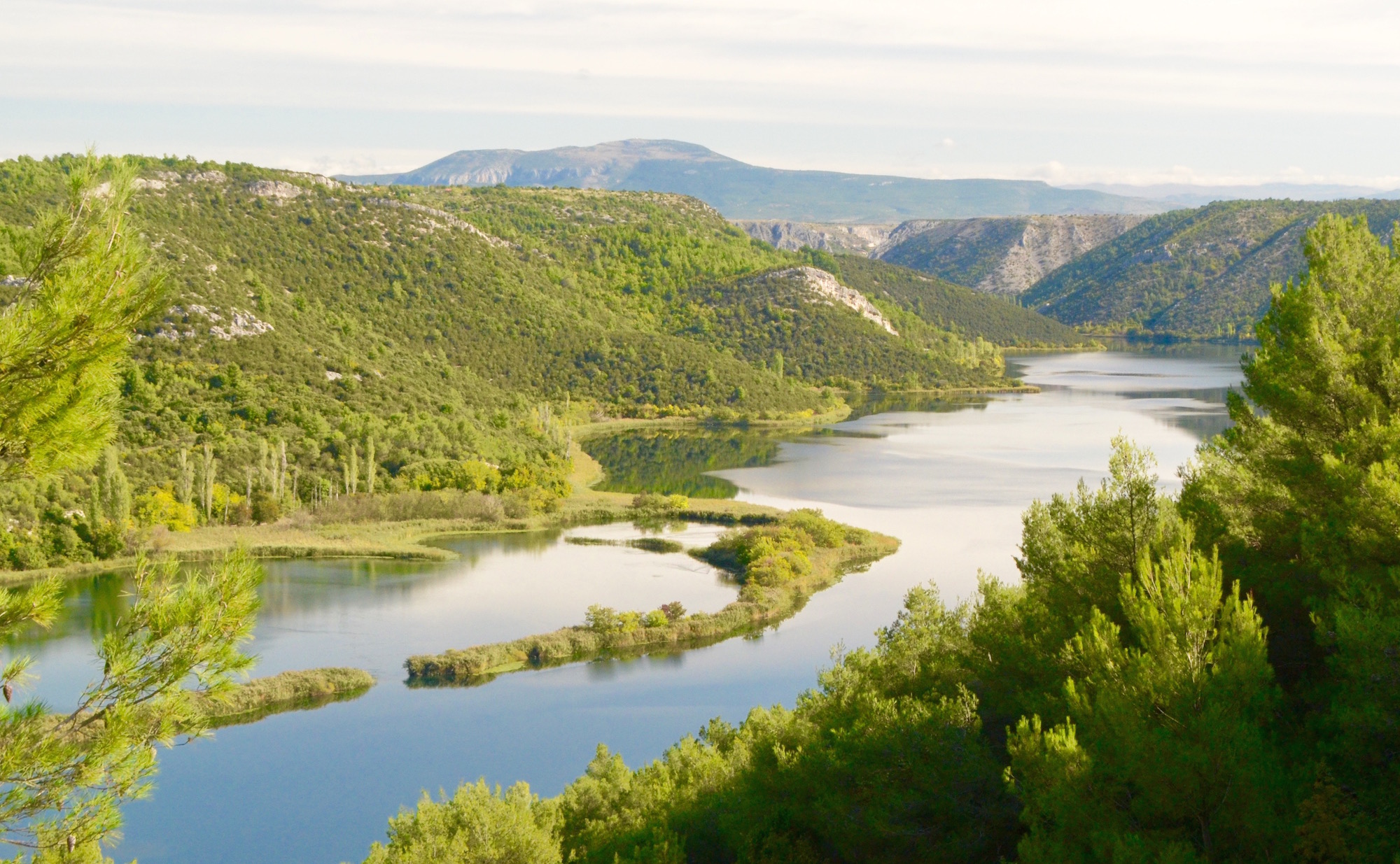
Krka National Park is large by European standards and protects almost the entirety of the Krka River from its headwaters to the area we are visiting today, close to where it empties into a large lake. I am under no illusions that we will be seeing but a small part of this national wonder. And doing so in the company of throngs of Asian tourists who are currently mobbing the area. Dino assures us that we will leave most of them behind as we walk on some of the less travelled paths in this area of the park. I hope he’s right because what I’m seeing here is the very antithesis of nature appreciation. For some reason most of these people don’t seem to realize that if they take a picture of a place then there’s a good chance they were actually there. Instead, using selfie sticks like weapons they occupy every viewpoint and take an inordinate amount of time to get what should be a 10 second shot.
It reminds me of the old Jackie Vernon routine, “Here I am at the Falls”, which was a hilarious send-up of just how boring it is to look at other people’s photographs of being someplace you haven’t been. Unless these selfie takers are complete and total narcissists who are intrigued watching their own home movies, then they are going to bore the shit out of a lot of friends when they get home.
Speaking of falls, that is what this area of Krka National Park is best known for and Dino leads us to the first one, but along the way Alison notices this innocent little creature. Dino states, somewhat dryly that is only a horn-nosed viper, the most poisonous snake in Europe and maybe we should let it be on its way, which we do.

Since I didn’t bother to get up too close to this guy, here is what a horn-nosed viper looks like in a good photograph. Well at least we know the park has some serious wildlife.
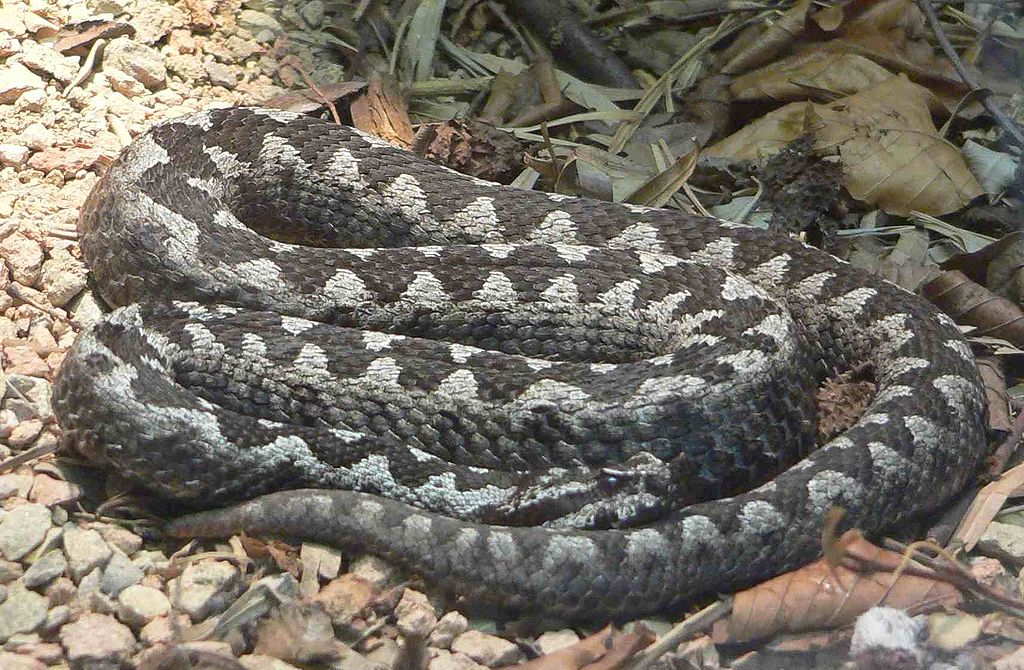
Getting to the first viewpoint I understand why people want to be seen with these Croatia waterfalls – they’re stunning. The colours are indescribable (that’s why I took pictures).
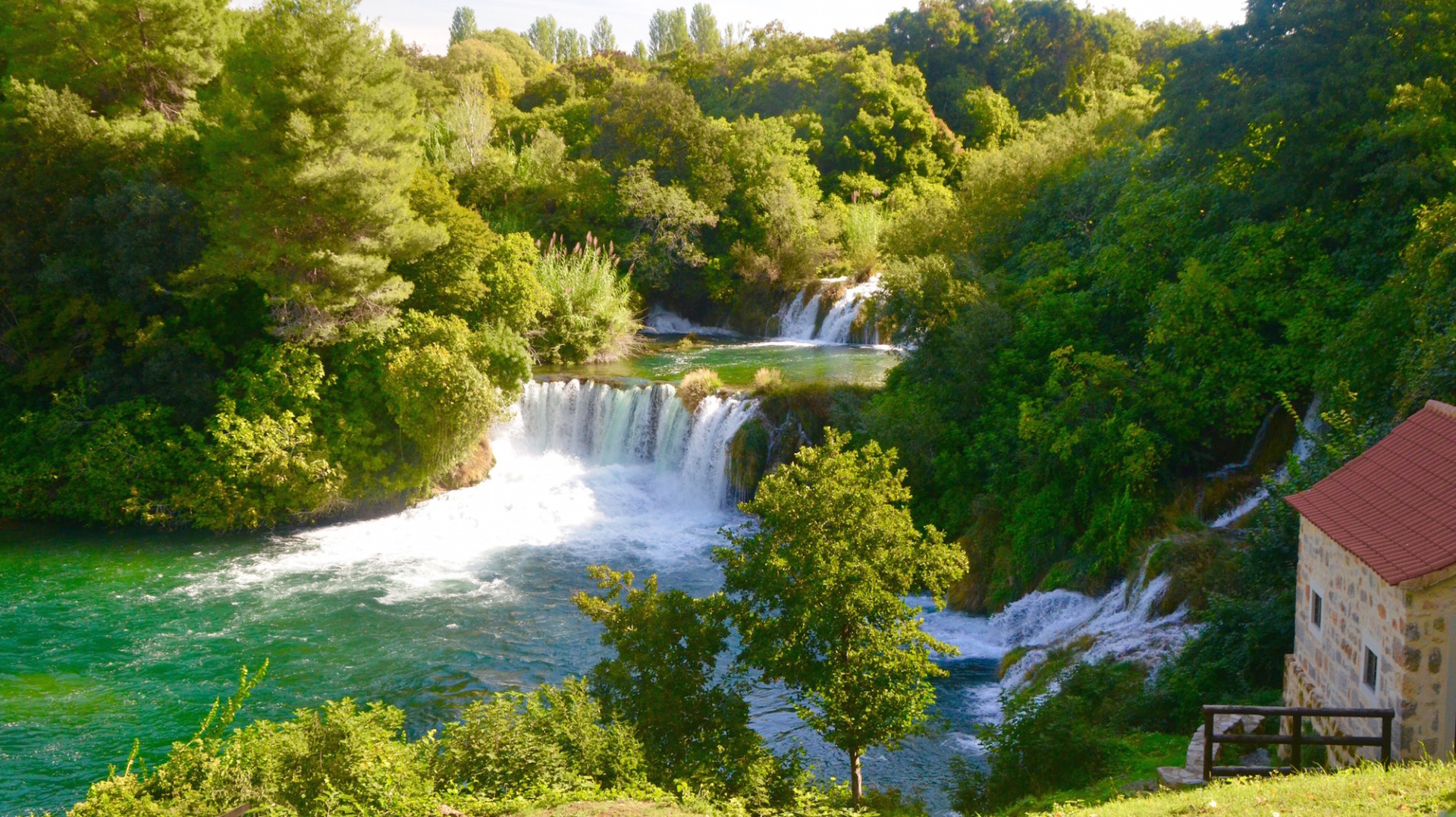
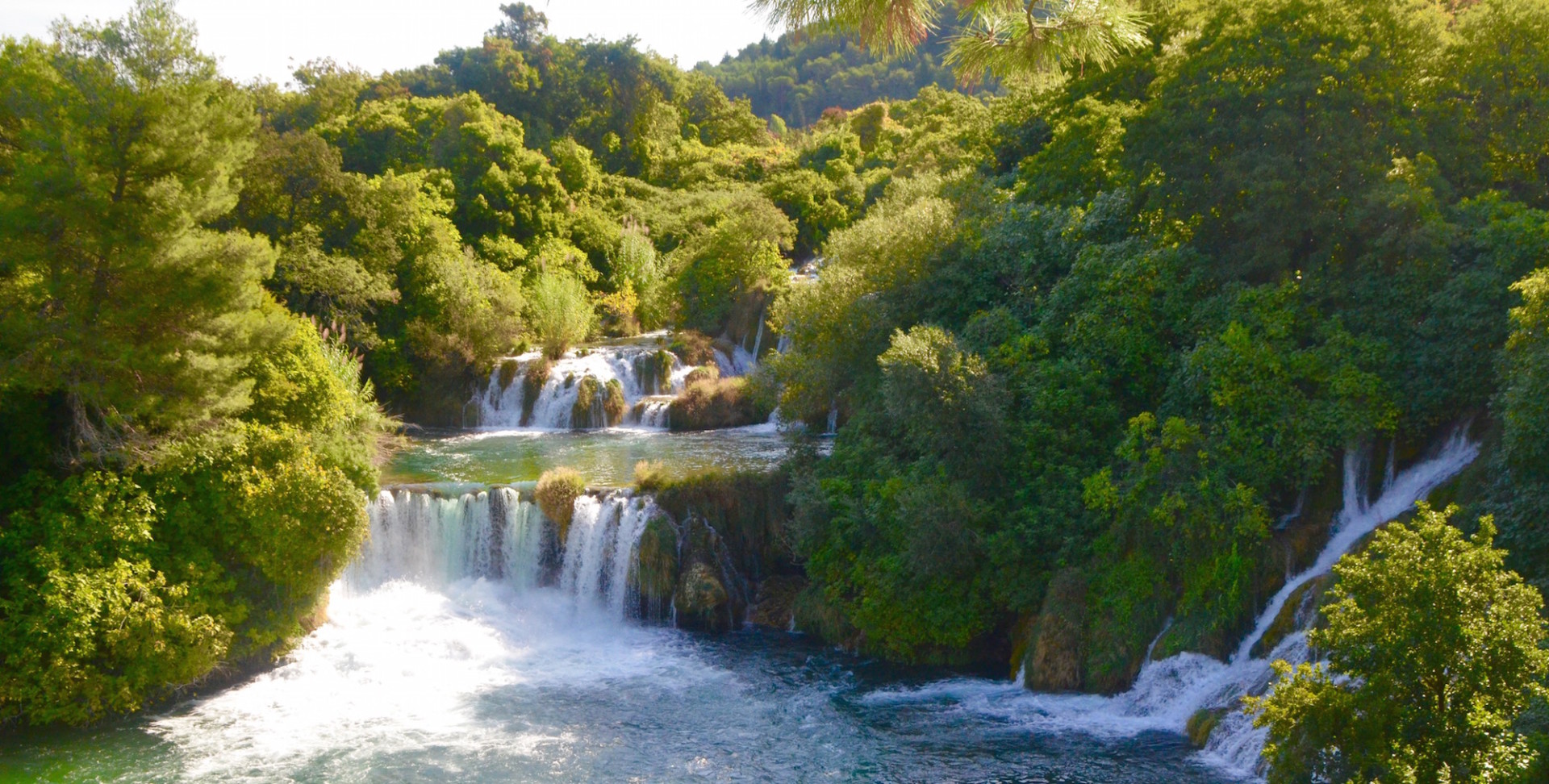
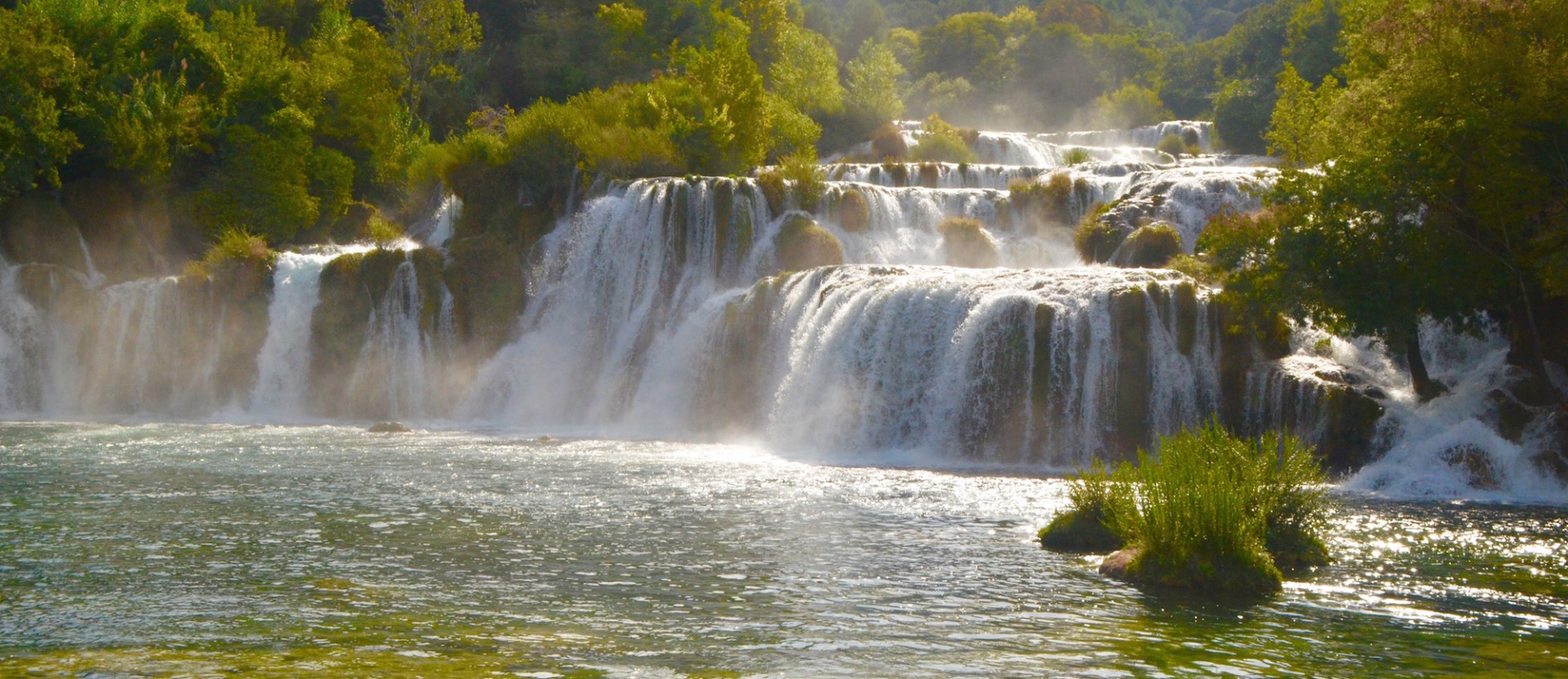
Dino directs us to a pathway that leads away from these falls and for the next hour we are in wonderland where water is everywhere – cascading over limestone terraces, shooting through holes in the rocks and bubbling up from the underground.
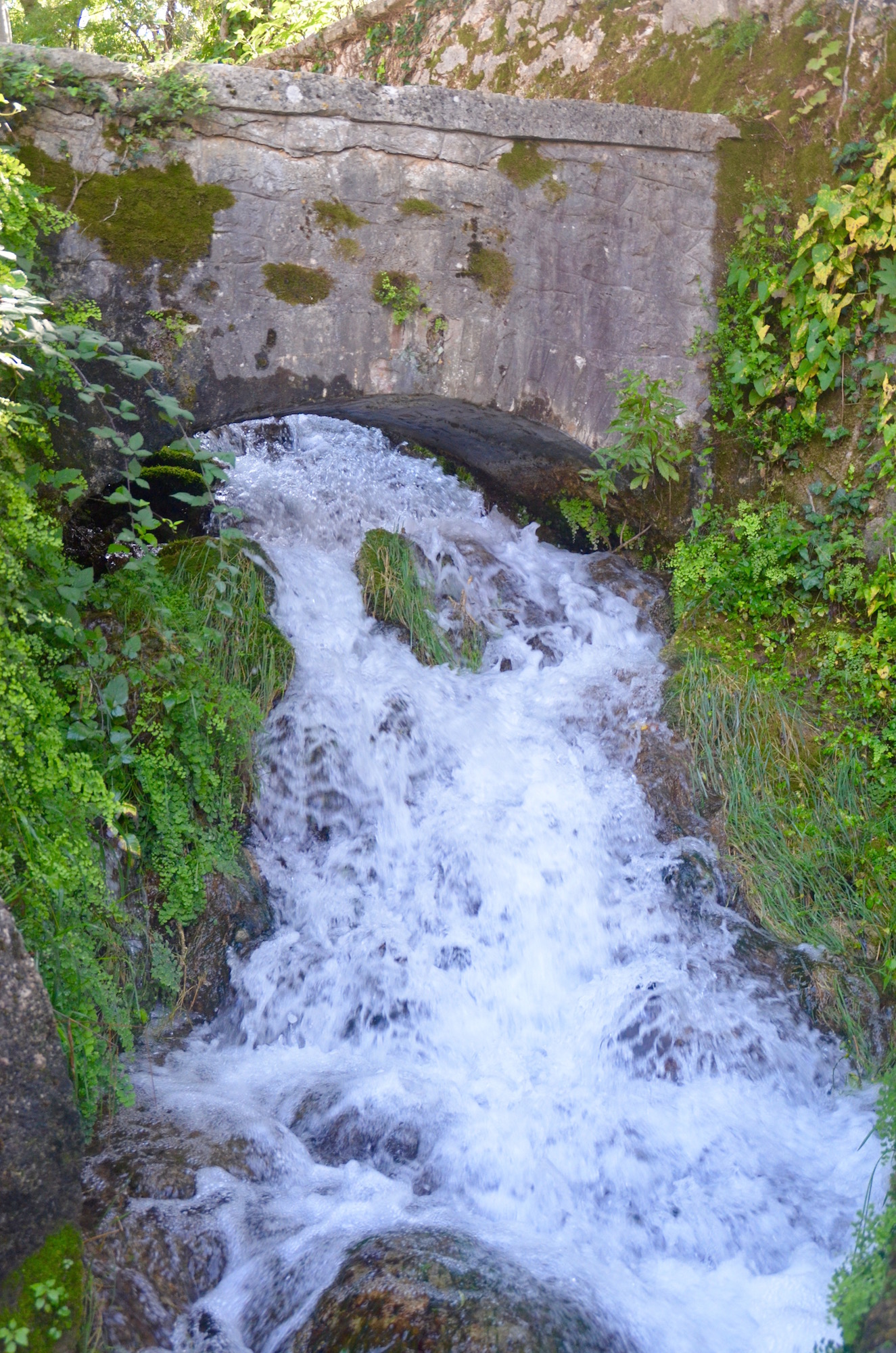
The crowds thin out as we get further away from the main entrance and we have time to look into the clear waters which are absolutely swimming with trout. They are stocked of course and not subject to the angler’s hook, but their prevalence tells me the ecosystem is healthy or else there would probably be only bottom feeders (and I’m not talking about lawyers).
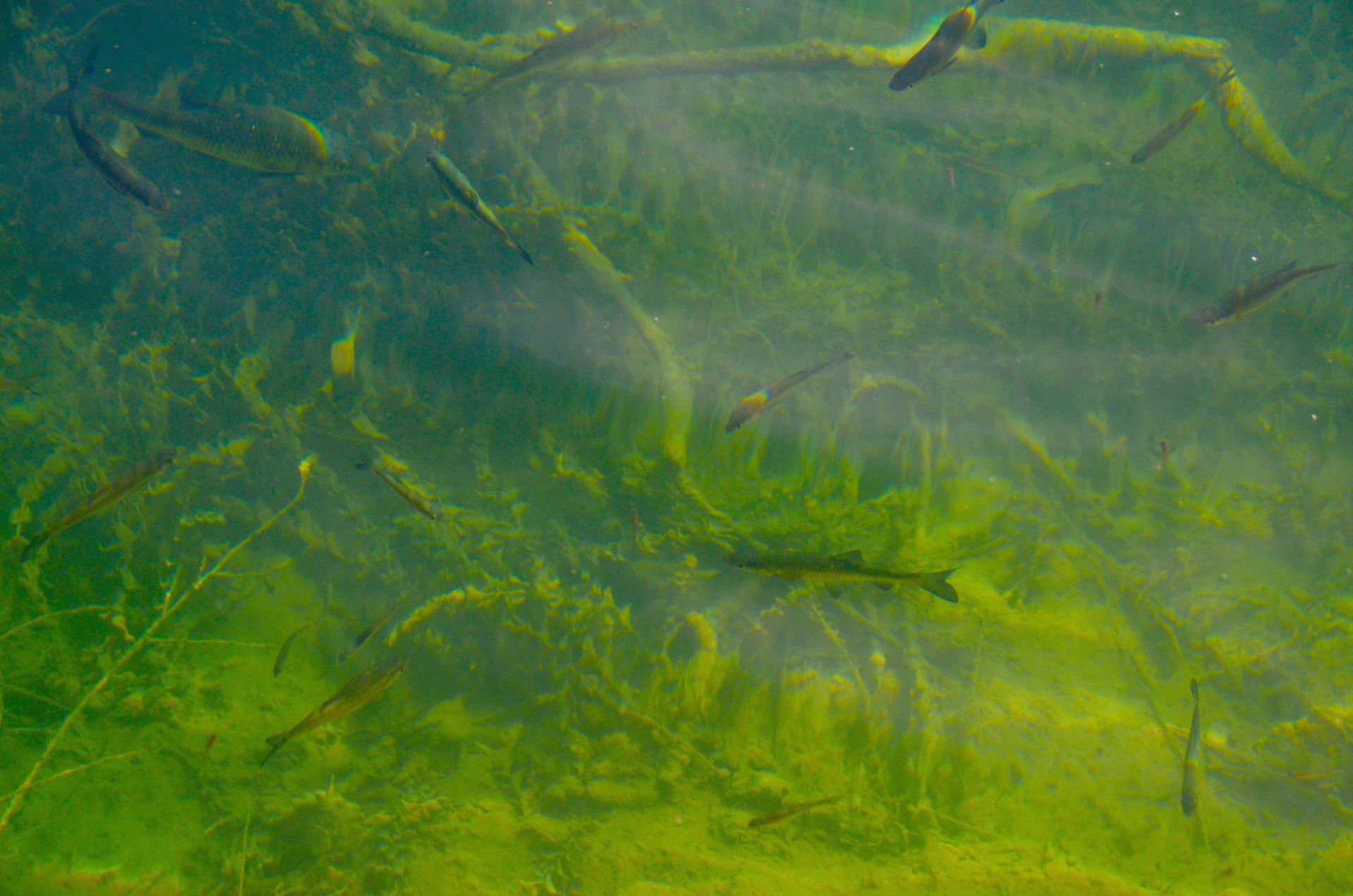
I’ve been noticing an increasing number of wild cyclamen plants as we make our way along the slightly elevated pathway until the forest floor is covered with them. In Canada we pay up to five bucks for one plant to shelter through the winter and remind us that spring is a possibility. Well this must be the motherlode.
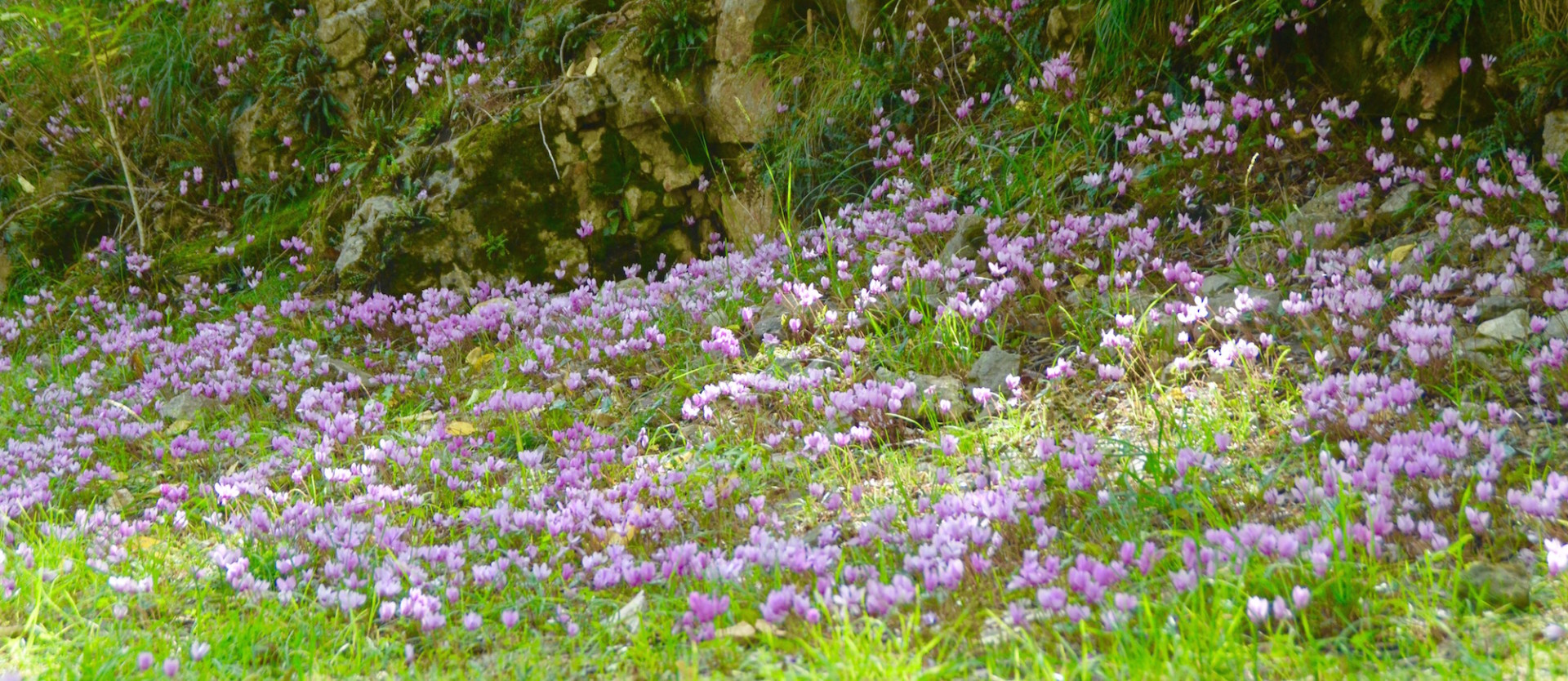
Without really noticing it we have been climbing quite substantially and Dino directs us to a lookout for this amazing view.
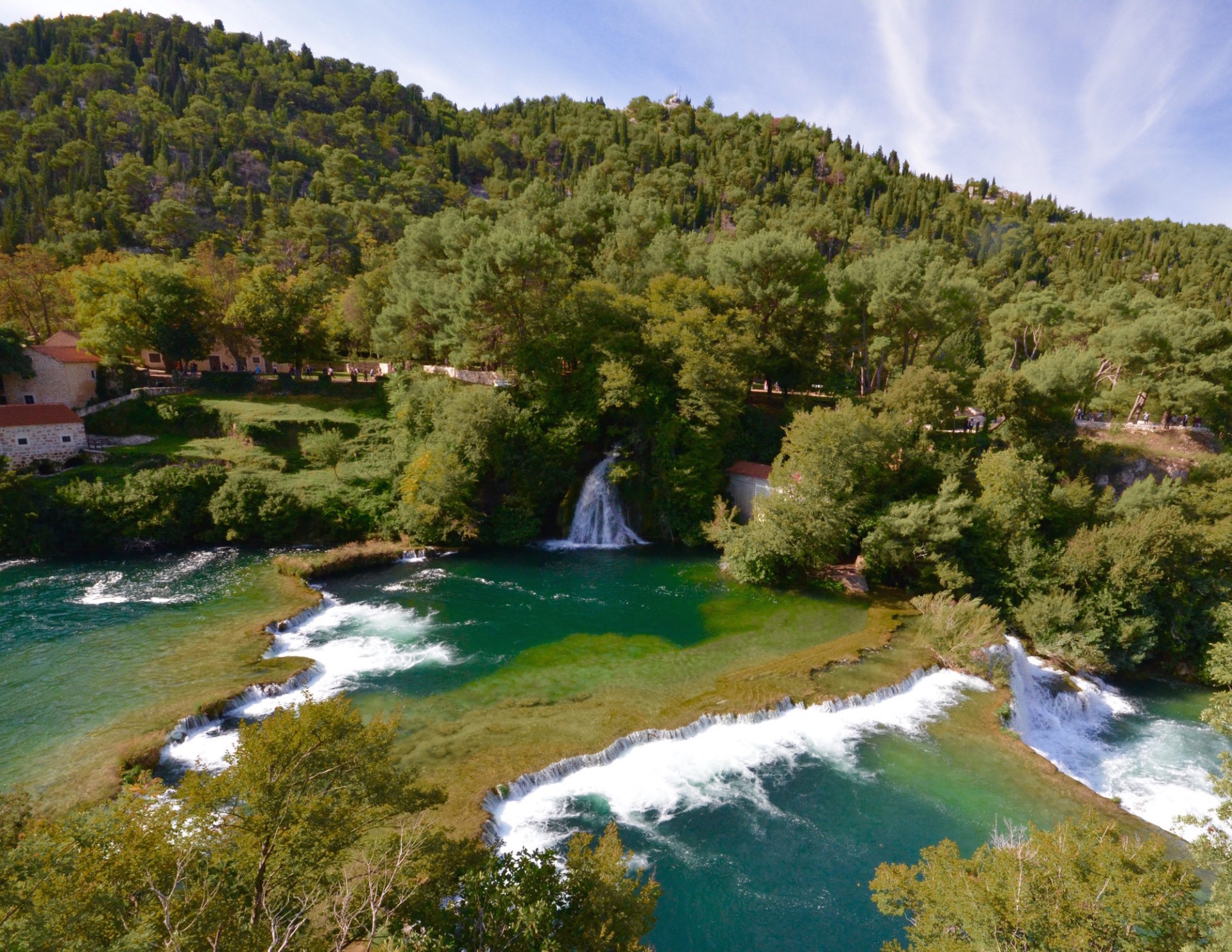
This time we don’t need to fight our way through crowds to get a good viewpoint to take a picture from, so everything I wrote earlier about people insisting on getting in their photos is out the window. Here I am at the falls. As Tweety-Bird would say “What a hypotwit!”

The pathway around Krka Falls is a loop that eventually leads back to the starting point. The final site of importance is historical and not natural. In fact it’s more about man’s attempt to bring nature to heel for his own purposes than anything else, but it’s not really a bad news story. See these?
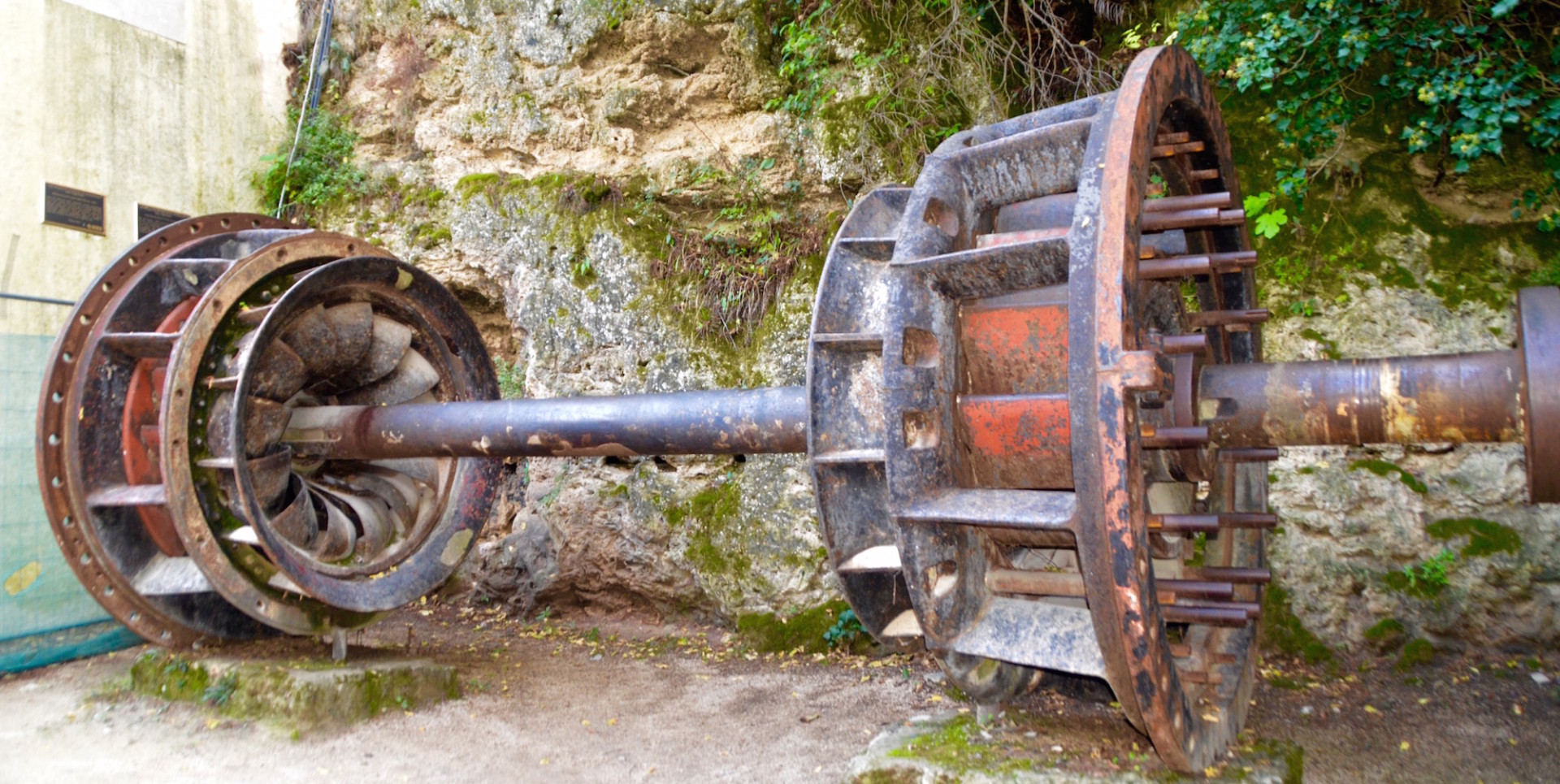
These are part of the remains of the world’s second oldest hydroelectric plant. The fact that Croatia had an operating dam producing electricity literally only days after the first one opened at Niagara Falls might not seem like a big deal, but the fact that two of the 19th centuries greatest geniuses were involved is a big deal. The dam at Krka and the method to produce electricity there was largely the brainchild of Nikola Tesla a man who would go on to work for and then rival the other great genius, Thomas Edison. This post is about the wonders of Krka and not Nikola Tesla, but I have to say I was impressed that he was a Croat (of Serbian descent) and that we were at a site where he got his start in changing the world.
So that’s it from the Croatia waterfalls at Krka National Park and now we are off to Sibenik. Please join us.
Here is a link to the Croatia photo gallery with pics from Split to Dubrovnik and all places in between.

